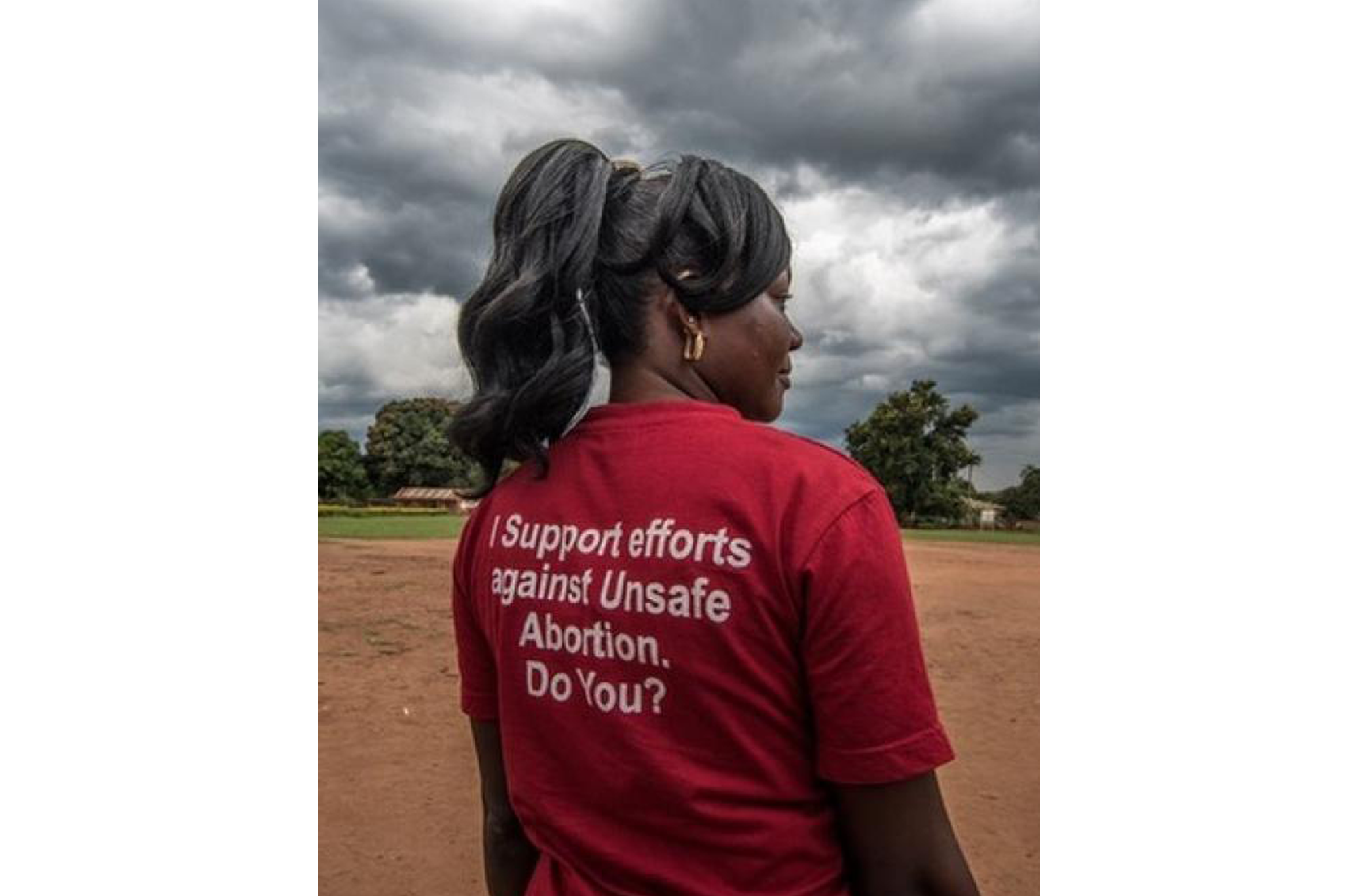
by Susan Atuhairwe, Kristina Gemzell-Danielsson, Josaphat Byamugisha, Frank Kaharuza, Nazarius Mbona Tumwesigye, Claudia Hanson
BMJ Global Health 2 February 2021 (Open access)
Introduction – With a view to inform policy for improved post-abortion care, we describe abortion-related near-miss and mortality by sociodemographic risk factors and management options by pregnancy trimester in Uganda.
Methods – This secondary data analysis used an adapted WHO near-miss methodology to collect cross-sectional maternal near-miss and abortion complications data at 43 health facilities in Central and Eastern Uganda in 2016–2017. We computed abortion severe morbidity, near-miss and mortality ratios per 100 000 live births, and described the proportion of cases that worsened to an abortion near-miss or death, stratified by geographical region and trimester. We tested for association between independent variables and abortion near-miss, and obtained prevalence ratios for association between second trimester near-miss and independent demographic and management indicators. We assessed health facility readiness for post-abortion care provision in Central and Eastern regions.
Results – Of 3315 recorded severe abortion morbidity cases, 1507 were near-misses. Severe abortion morbidity, near-miss and mortality ratios were 2063, 938 and 23 per 100 000 live births, respectively. Abortion-related mortality ratios were 11 and 57 per 100 000 in Central and Eastern regions, respectively. Abortion near-miss cases were significantly associated with referral (p<0.001). Second trimester had greater abortion mortality than first trimester. Eastern region had greater abortion-related morbidity and mortality than Central region, with facilities in the former characterised by inferior readiness to provide post-abortion care.
Conclusions – Uganda has a major abortion near-miss morbidity and mortality, with mortality higher in the second trimester. Life-saving commodities are lacking, especially in Eastern region, compromising facility readiness for post-abortion care provision.
PHOTO: Safe Abortion Action Fund, working to stop unsafe abortion for schoolgirls



